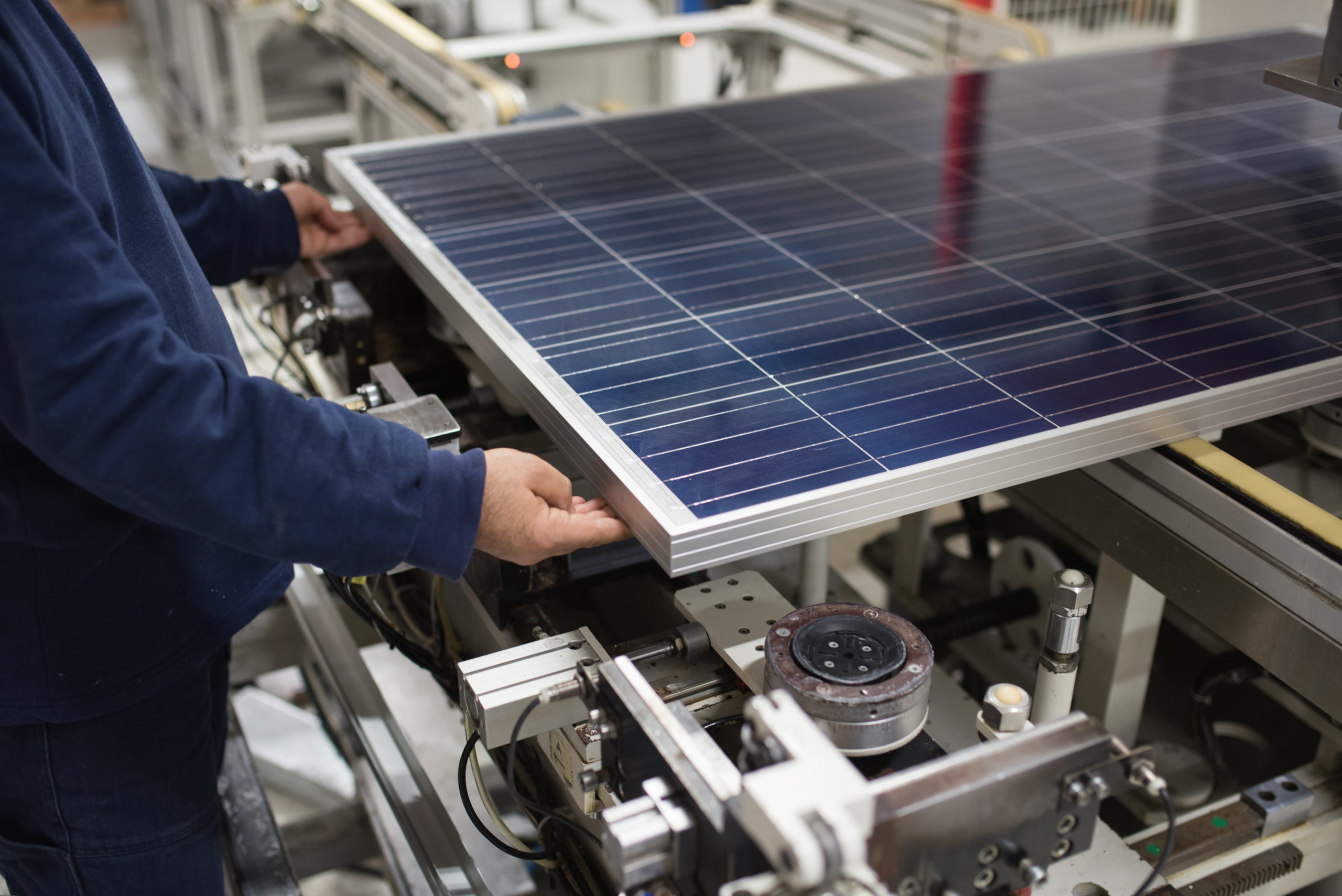More people are interested in solar power and installing panels in their homes, but do they really know what these panels are made of? The following is going to help you understand how these panels even came to be.
Sand is Sand
It might sound strange, but the reality is that everything made usually starts with raw materials. In this case, sand is one of those materials. Most panels contain silicone, and that is a major component of the natural sand you see in beaches. It is said that silicone is perhaps one of the most available components available on this earth and you are using it in your panel. Now, it is important to point out that the silicone used is produced from quartz sand, which is quite pure.
Ingots are Next
First, the silicone is collected as mentioned earlier, and then, it is extracted since it normally comes in the form of rocks. The next thing that is done is that these rocks are melted down, which takes a lot of energy to do, and the silicone is molded into ingots after that. Part of the process is making sure the atoms are perfectly aligned because this will ensure the necessary electrical polarity.
Into the Wafers
Okay, so the ingots have been formed from the melted silicon. The atoms are in perfect condition, so the next step is to turn these silicone ingots into disks that are sometimes called wafers. The process uses a wire saw that ensures precision cutting every time a disk is formed. Each of these disks are thin, almost as thin as a regular piece of paper. The thinness and silicone makes each of these disks highly reflective, which is the reason an anti-reflective coat is used with each disk. You want to try to prevent sunlight from escaping, which is the reason this coating is used.
Forming Solar Cells
The next step is to convert these paper-thin wafers into the power cells that you are used to seeing on panels. The wafers have the power to absorb sun energy and turn it into usable electricity.
The first thing that happens is each wafer is treated, and metal conductors are added to them. These conductors make the wafers look like little circular grids, which is the key to turning solar power into electricity. The treatment makes it easier for the disks to absorb sunlight.
The disks are placed into a super-heated chamber where phosphorous is melted over each disk to give them a negative electrical orientation. When a positive negative junction is needed, the combination of boron and phosphorous is used.
Turning to a Panel
The cells are soldered together before they are ready to be placed on the panels. Keep in mind that solar panels are made up of solar cells that work together and are interconnected. The number of cells on each panel will determine the panel’s use; for example, 40 cells is great for a small home while a 60-cell panel is better for a standard sized home. Once the cells are placed on the panels, a glass is added on the front side to help protect the cells. The glass layer is only about six millimeters. Some of the materials used to make the panel is polymer-based to make sure the panel is protected from things like water or moisture.
Of course, each panel is tested to make sure they are able to produce the amount of voltage necessary. Quality control tests are also applied as well as quality inspections before they are delivered to customers.







